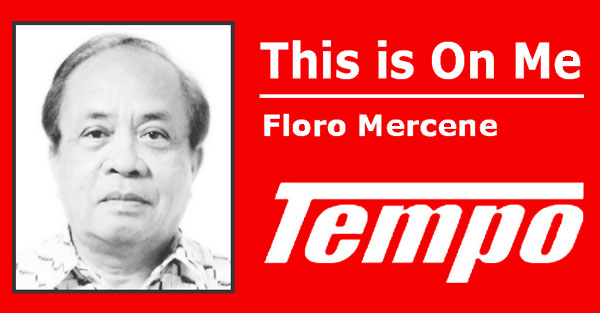By Floro Mercene
Japanese people call sumo wrestlers affectionately “osumōsan”. They wear the topknot hairstyle of samurai, dress in traditional Japanese kimono and foot wear whenever they are in public. You will never miss them on the street, and they are so big. For example, “Ichinojo” is 1.92m tall and weighing 215 kg, and “Kaisei” is 1.94m tall and weighing 205 kg.
Since there are no weight divisions in professional sumo, the heavier competitor has an advantage. Every wrestler basically just wants to get as big as possible so that he can use his weight with technique in the ring, although wrestlers before are typically much more wiry and muscular.
An influx of Hawaiian and Mongolian champions over the past decades has sent the average weight of champion wrestlers soaring from just under 140kg in the 1930s to well over 180kg today.
It is very rare for sumo bouts to last longer than a few seconds – although occasionally they can last up to four minutes or so. Morning begins with a grueling five-hour training session an empty stomach. After grappling, colliding and throwing each other around expending plenty of energy, an enormous brunch with “chanko nabe” follows. One important job for a sumo wrestler is to eat a lot and gain extra strength. chanko nabe is specifically associated with sumo wrestlers in Japan.
It is a special kind of (delicious) stew (or hotpot) of a weight-gain diet eaten in vast quantity by sumo wrestlers.
The bulk is made up of large quantities of protein sources such as chicken (quartered, skin left on), fish (fried and made into balls), tofu, or beef, and vegetables or big chunks of calorie-dense mochi, a starchy cake made of pounded glutinous rice. The trick here is exercising on an empty stomach and sleeping the whole afternoon after eating to help turn the calories they consume into bulk.

